By Dave Paone
Campus News
Some leapt; some sashayed. Some pirouetted while others pliéd. Whatever dance move she performed, each ballerina did so with the goal of receiving a scholarship to a top school or ballet company in the Youth America Grand Prix dance competition in February.
Auditions travel city-to-city around the US and internationally and New York’s was held at the LaGuardia Performing Arts Center in Long Island City.
The competition was held over three days for contestants aged nine to 20. It was on the third day the older ones competed.
If a ballet dancer is serious about pursuing the profession, the usual path of college is one of only two options. In many cases, she will choose a dance school with the hopes of getting hired by a dance company, forgoing an undergraduate degree.
The other option is to attend college as a ballet major, earn a BFA, and then try to get hired afterward. For many high schoolers at the competition, this decision is at hand.
Eleni Gold is an 18-year-old high school senior from Fairfield, Connecticut. She’s been dancing ballet since she was three but is considering attending college as a psychology major.
She’s applied to several colleges throughout the county but the one that looks like a perfect fit is Fordham University in New York.
It offers both psychology and ballet and has a campus at Lincoln Center, where the New York City Ballet, the Juilliard School, and the School of American Ballet are located.
Eleni has been receiving lots of encouragement to go there. "Everyone has been saying that to me," she told Campus News.
So for now, it’s looking like Fordham for Eleni.
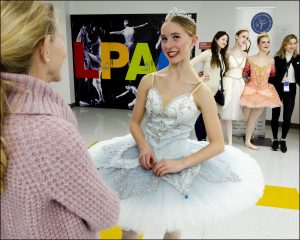
Ava Garland is a year behind Eleni but is facing the same decision. She, too, has been dancing since she was three but is taking several AP and college courses while also looking into ballet schools.
At first, her parents weren’t sure about a career path that doesn’t include college.
"My husband and I were a little concerned about not going to college immediately," her mother, Gabrielle Garland, told Campus News.
But they recognize their daughter’s talent and understand "this is a short-lived career" and want her "to pursue her dreams" but still find time for "dance-related coursework."
Some parents still wouldn’t be happy with such a compromise but Gabrielle is because the apple doesn’t fall far from the tree.
"I was a theatre major," she said with a laugh.
Gabrielle started at Broome Community College and then transferred to Ithica College, where she earned a degree in television and radio, with a concentration in advertising and public relations and a minor in theatre.
No wonder she’s allowing Ava to pursue dance.
Along with her mother, high school student Josephine Rasmussen took a nine-hour flight from Bern, Switzerland to compete.
She’s considering attending college for dance in Germany.
Many ballerinas wore tutus below and tiaras above. Josephine’s costume was red, white and blue, but not because of the American flag.
"It’s actually French," she said with a laugh. "It’s ′Flames of Paris,′" which is a French ballet.
The LaGuardia Performing Arts Center is part of LaGuardia Community College and the school supplied student-employees to work the venue as ushers. One was Colombian-born Juanita Herrera, who’s an 18-year-old freshman and is majoring in music recording technology. Another was Taron Lewis, who’s a 2023 graduate and had the same major.
Taron’s mother is also a LaGuardia graduate, so he feels "right at home" there.
While a vast majority of the hopefuls were female, many male dancers competed as well.
Clark Hopgood is a 16-year-old junior in high school. He left his home state of Colorado at 14 on his own to live in New York, where he currently attends the Joffrey Ballet School. His high school classes are taken online.
So is there college in Clark’s future?
"That is the big question right now for me and my family," he told Campus News. "We’re looking into it. I definitely want to get a college degree," he said.
If he decides to major in something other than dance – possibly business - an online college may be where he lands.
Speaking of business, Paulo Arrais was a principal dancer with the Boston Ballet for 12 years but currently owns and teaches at a dance studio. He also teaches contemporary dance at Massachusetts Institute of Technology.
He accompanied several of his students to the competition.
While students at his school range in age from five to well into middle age, Paulo agrees that as a whole, Americans don’t embrace ballet the way they do in Europe and Russia. Why is that?
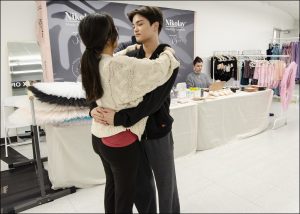
"It’s part of the culture," he told Campus News. "It’s also government funded there so it becomes more accessible to everybody."
He said that opera houses in Europe offer discounted tickets for ballet performances, but "in America, people seem to like Netflix or the cinema more."
Jolie Moray works as Youth America Grand Prix’s senior content manager, handling its social media accounts. She made her way from her hometown in Southern California to New York with a stop at the University of Michigan, where she was a dance major.
"Growing up I was mainly classical ballet and then in college it was more contemporary-modern but also some ballet," she told Campus News.
The 2020 lockdown put the kibosh on her plans to be a professional dancer.
"I was supposed to graduate when COVID hit," she said.
At first she and other dancers satisfied their need to perform by participating in Zoom classes where they’d dance "in their kitchens or living rooms."
"And we went back two years later for graduation so basically the world shut down before I could even audition for professional [jobs]," she said.
Since professional ballerinas start their careers at 18, at 26, Jolie is too old to pursue one now.
Having taken her first dance lesson at three, Jolie has spent her entire life in dance and enjoys combining her knowledge of it with her social media skills, which is what she’s doing right now.
Youth America Grand Prix was co-founded by Larissa Saveliev 25 years ago. She immigrated to the US from Moscow, Russia a few years after the demise of the Cold War.
Larissa was a professional ballet dancer in Russia and the US.
The first year the organization had competitions in five US cities for 500 dancers. This year it’ll have competitions in 32 cities in the US and 15 abroad for a total of around 15,000 dancers.
"Both of my parents were college professors," Larissa told Campus News. "So I definitely have a passion for education."
She also had the discipline needed to be a successful ballet dancer. Larissa feels the disciplinary skills a ballet student learns are ones that last a lifetime.

She estimates of the 15,000 hopefuls, only 100 or 150 may become professional ballet dancers.
"But the rest of them will have this life experience which dance [teaches] them and bring this to the next career they will have," she said.
"I’m positive it will be very, very influential and instrumental in their next step."



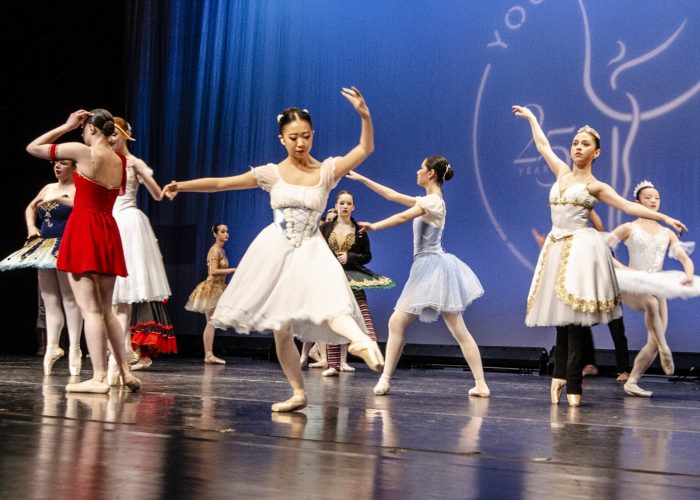

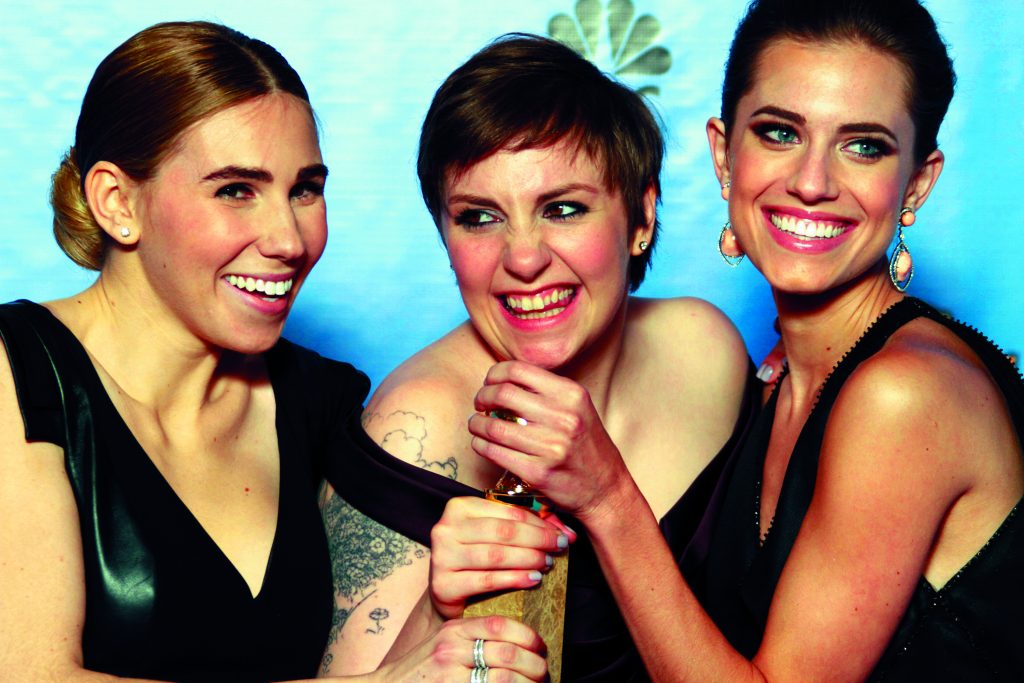
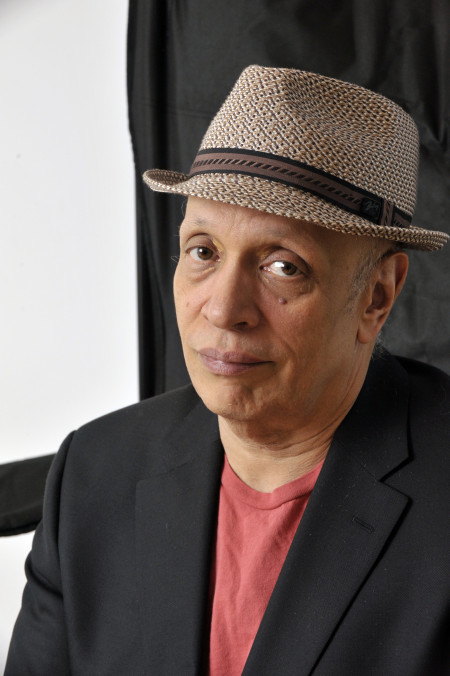

Facebook Comments